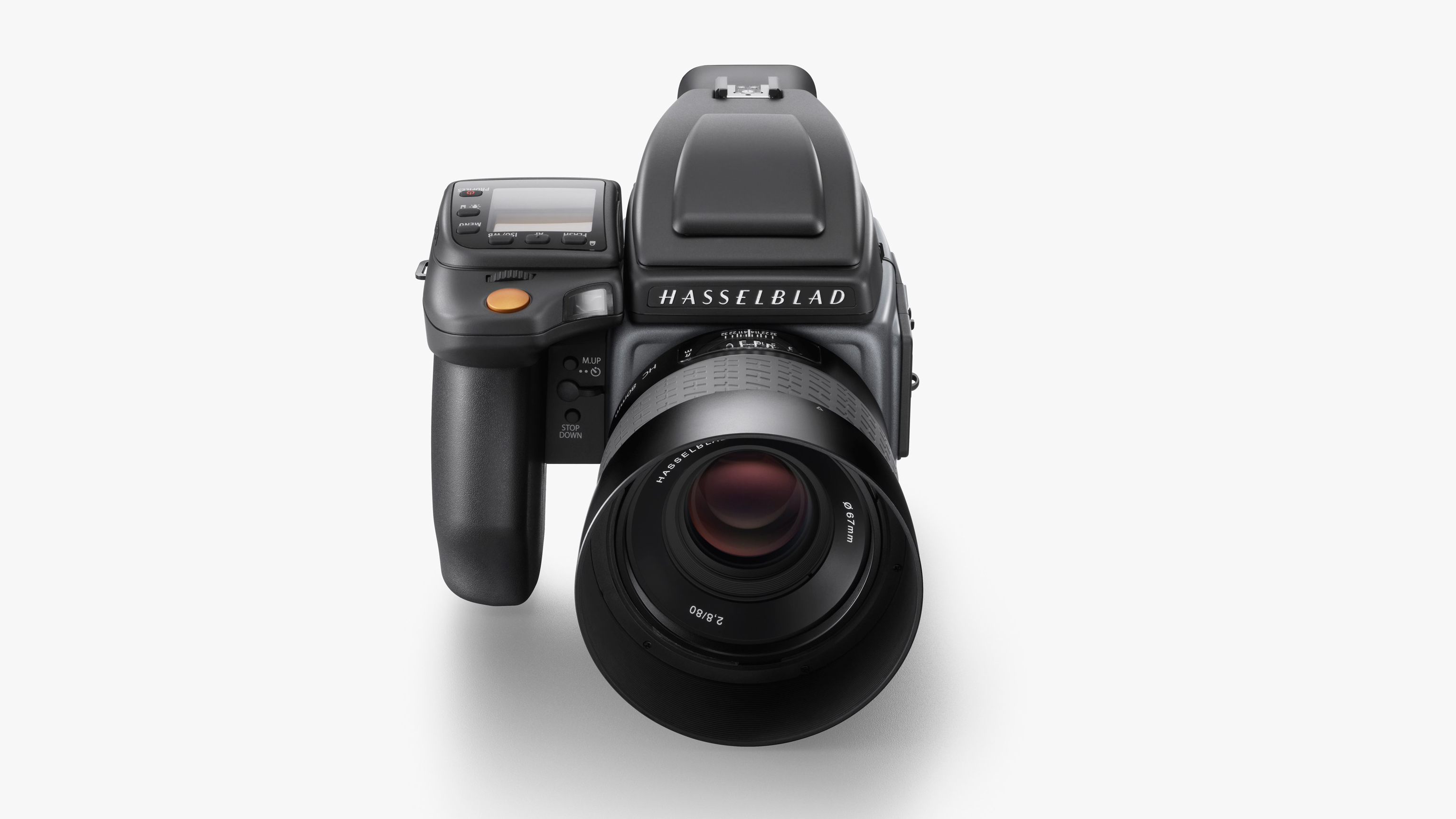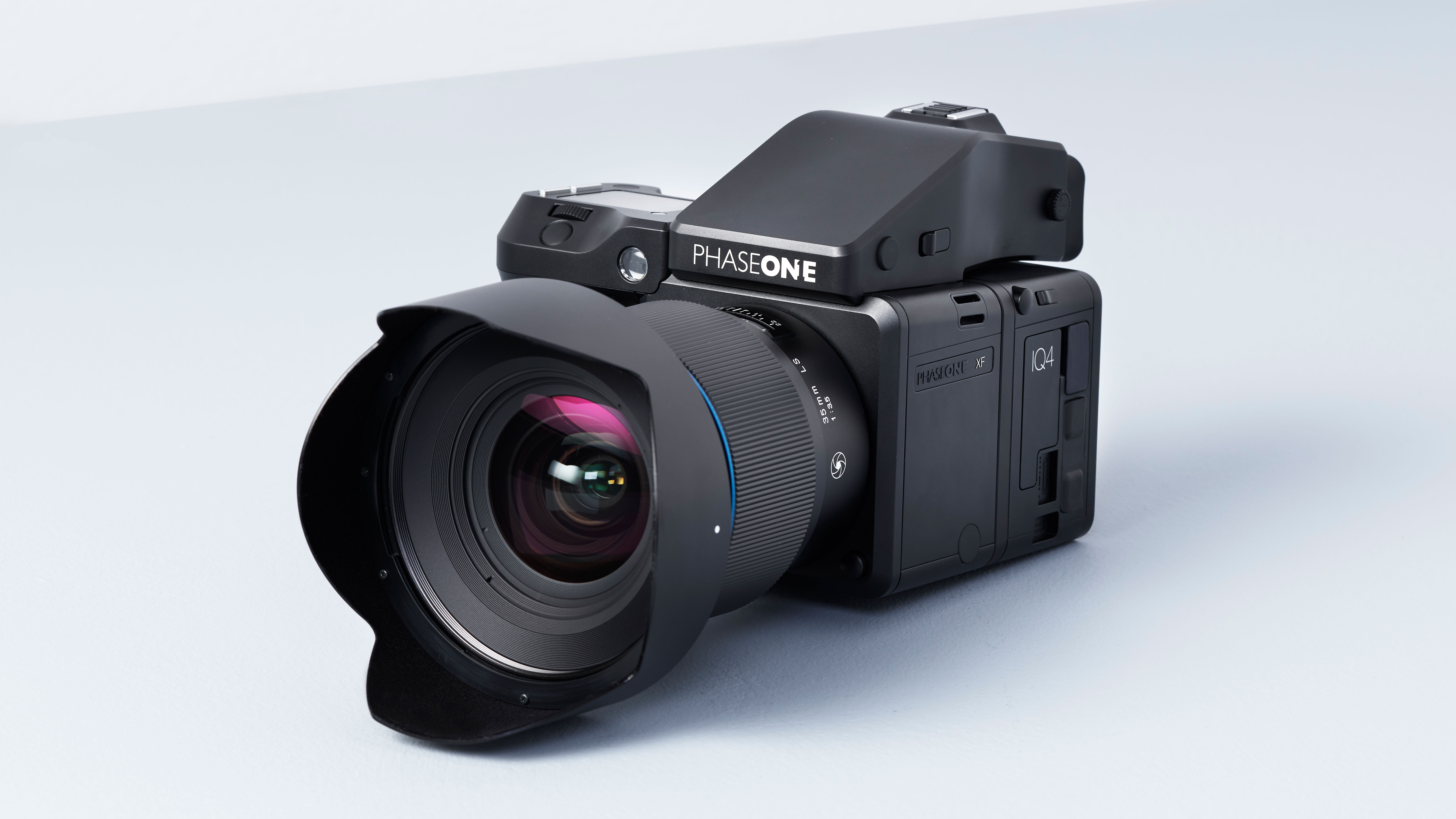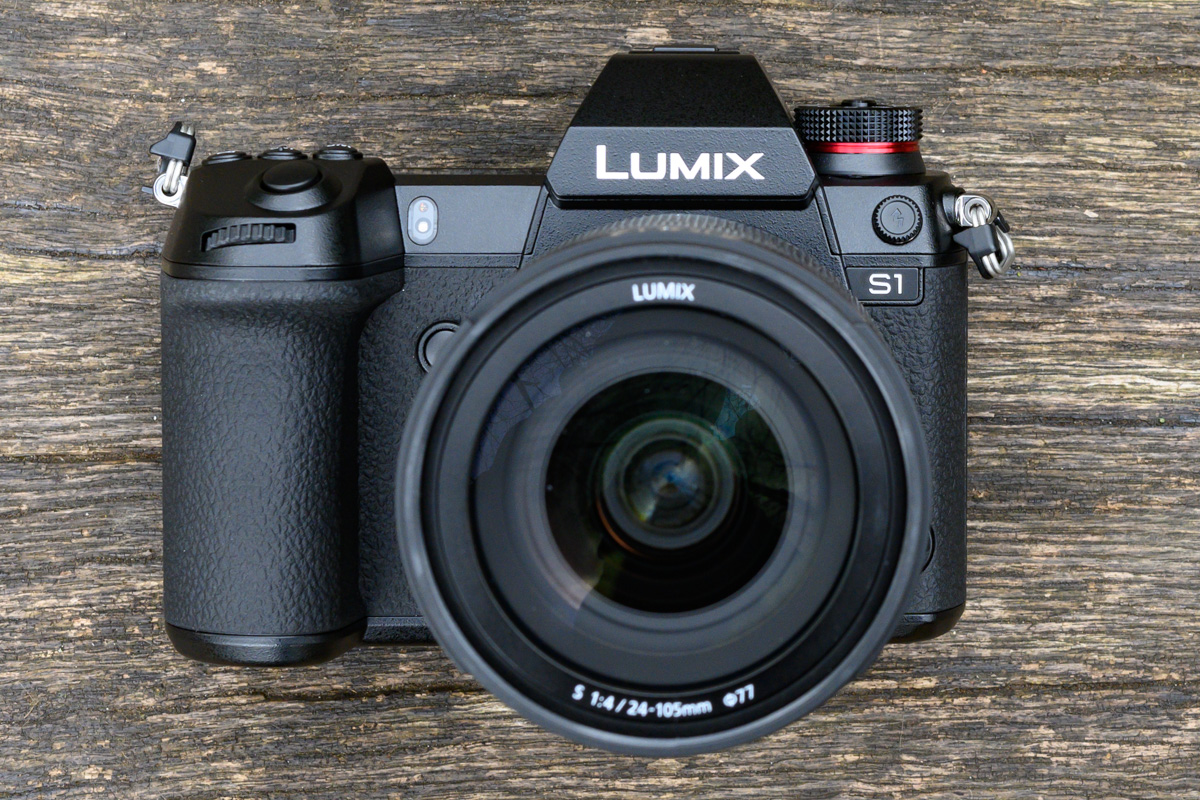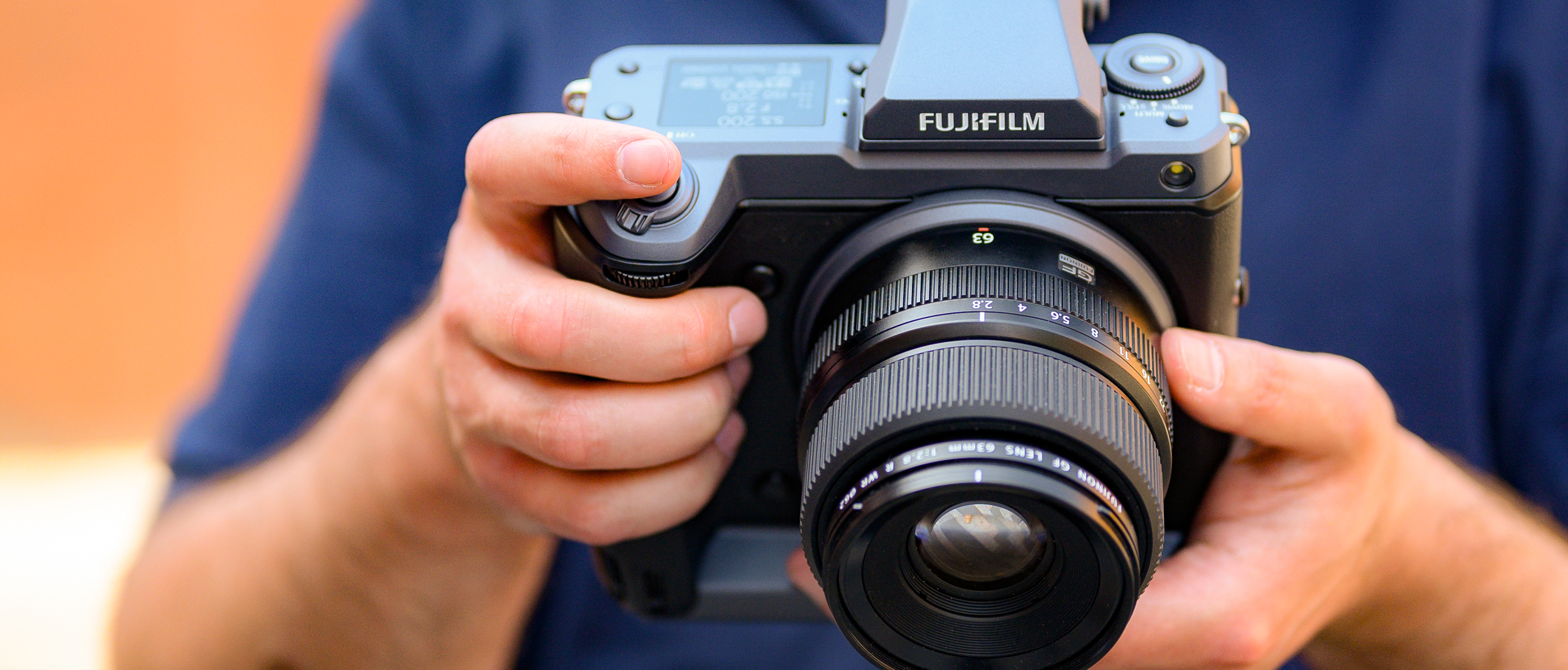Why you can trust TechRadar
Verdict
The GFX 100 is a camera that aims to impresses on multiple fronts, and does a damn good job doing just that. We very much expect this from a model toting a five-figure asking price for its body alone, although with its immediate peers commanding considerably more, Fujifilm should be applauded once again for bringing this level of imaging down to a more accessible level than has been the case up until now.
The GFX 100's appeal is down to more than its headline sensor specs and default output. It's the fact that we also get sensor-based stabilization for the very first time on such a camera; a wonderfully large and clear viewfinder that can be handily detached when not required; a high degree of customization together with plenty of X-series tech and control on the inside; very effective face and eye detection that makes it highly capable when used for portraiture; great focusing for a medium format model; a bulletproof build and so on and so on. What other medium format camera, at any price, can claim to cater this generously for its audience?
Perhaps the main issues with the GFX 100 are less to do with its performance and more to do with its overall design. A camera of this size and weight will always be less convenient to handle and operate than a high-end full-frame model, particularly when you consider the lenses its designed to work with. A lot of that can't be avoided, but things like the underdeveloped design of the grip and the tiny AF lever could be.
There's also the EVF, which is an exceptional performer in isolation, but it frequently gets in the way of the LCD screen, either physically or visually, when the LCD is adjusted. It can, however, be rectified with a tilting adapter (at a steep cost) or a lower-resolution EVF designed for the GFX 50S.
It's worth remembering that if it's sheer resolution you're after, certain modern mirrorless cameras are now also capable of outputting images with this kind of resolution and higher (albeit often with limitations with regards to subject movement, tripod use and so on). While well priced for what it offers, the GFX 100 is still quite some investment, even before you've factored in the cost of any lenses. Nonetheless, it does very well to fill something of a large void between the two extremes of the medium format sector – thankfully far closer to the more affordable end of scale.
Competition

Hasselblad H6D 100c
With its 100MP medium format sensor, the promise of 15EV stops of dynamic range and 4K video option, the H6D 100c is a natural rival to the GFX 100. It'll cost you, though; the body alone is around £32,000 / $33,000 / $AU57,000, which is more than three times the price of the GFX 100, something that's even harder to swallow when you consider the GFX 100 outguns it in a handful of key areas such as burst rate and LCD size/resolution.

Phase One XF IQ4
If you thought the GFX 100's sensor was impressive, how about this: the XF IQ4 boasts an even larger 53.4 x 40cm back-illuminated sensor holding 151MP in total, and producing 150MP images as standard. Impressive for sure, but it's no surprise that it's vastly more expensive than the GFX 100, commanding around £38,000 / $47,000 for the back, body and a lens combo.

Panasonic Lumix S1
The S1 may be equipped with a 24MP full-frame sensor rather than anything approaching what the GFX 100 packs, but with its High Resolution mode it's capable of outputting images at 96MP. It matches the GFX 100 in having sensor-based image stabilization, a 5.76 million-dot viewfinder and a weather-sealed body, although battery life is only 380 shots per charge. It is, however, a fraction of the price of the GFX 100.
Read our in-depth Panasonic S1 review
